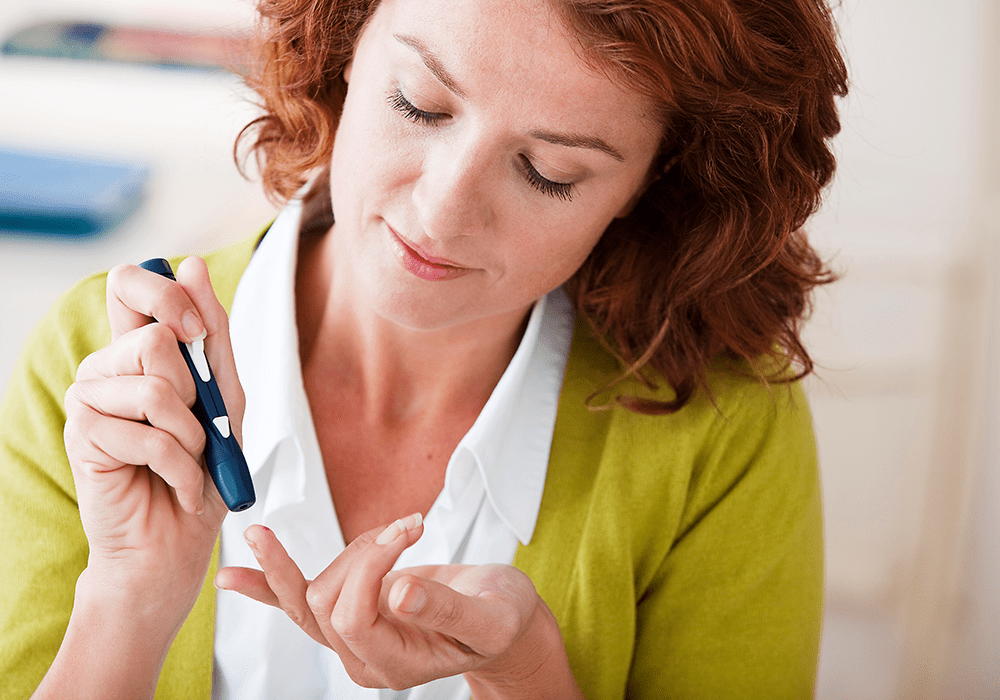Do Not Deprive Diabetic Crew Members of All Sweet Treats
Those that work in the ship catering industry have heard the tales that relate to travel on the ocean. By the same token, cooks employed by marine catering companies may overhear a tale or two about what diabetics should and should not eat. Despite what a chef might have been told, medical science has shown that carefully selected fruits can contribute to creation of a healthful menu, even if the items on that same menu will be served to someone with diabetes. Now, nutritionists have not chosen to ignore the carbohydrate content found in any fruit. That fact underscores a fruit’s ability to affect the blood sugar level of the person that has eaten it. Still, since some fruits cause that particular level to spike at a dangerously fast rate, on board chefs do need to exercise caution, when serving such sweet treats. Juice does not belong among the smart beverage choices for a diabetic crew member. The man that swallows such a drink takes in more than 15 g of carbohydrate, the recommended serving for someone with diabetes. By working with professionals in victualling management, cooks employed by maritime catering companies should manage to pair fruit with protein, thus allowing it to serve as a carbohydrate choice.
The best way to limit the dangers attached to a fruit’s sweetness
When serving diabetics, any cook should know that the manner in which specific fruits get served can act as a gauge against potential problems. Although grapes have been categorized as berries, a cook’s good judgment should stay the temptation to serve both treats in the same way. After eating only 15 grapes, a diabetic has consumed 15 grams (one serving) of carbohydrate. On the other hand a man must eat 1 and ¼ cup of berries in order to consume a single serving of carbohydrate. Smart chefs serve grapes in small bowls, in order to prevent overindulgence by any members of a crew’s team. At the same time, those professional cooks pay attention to the degree to which a served fruit has ripened. Just as sight and touch reveal a fruit’s ripeness, those same senses disclose the extent of its glycemic index as well. A riper treat has a higher glycemic index.
Means for mitigating dangers posed by a fruit’s high glycemic index
The grape joins some other treats on a listing of fruits in which a diabetic should not overindulge. Cherries, too, ought to be served in a bowl. Pineapple also belongs on such a listing. Since pineapple tastes great when eaten with yogurt or low-fat cheese, those sources of protein should be paired with a ½ cup serving of that fruity taste of the tropics. Indeed, a tropic-themed menu can introduce some other treats that must be eaten sparingly. Someone with diabetes should eat only one half of a banana during a meal. A mango should be eaten while it remains a bit firm, and it too delivers an overabundance of carbohydrate, unless only one half of it has been consumed during a given meal.
A final word of advice
Like all men, those that suffer with diabetes prefer to get up from the table with a full stomach. Chefs employed by marine catering companies must recognize that fact. At the same time, professionals in charge of the food on board ships must respect the diabetic’s need to keep his blood sugar at a respectable level. For that reason, it makes sense to replace dried fruit with fresh, when selecting the items that will be included in a ship’s menu.

